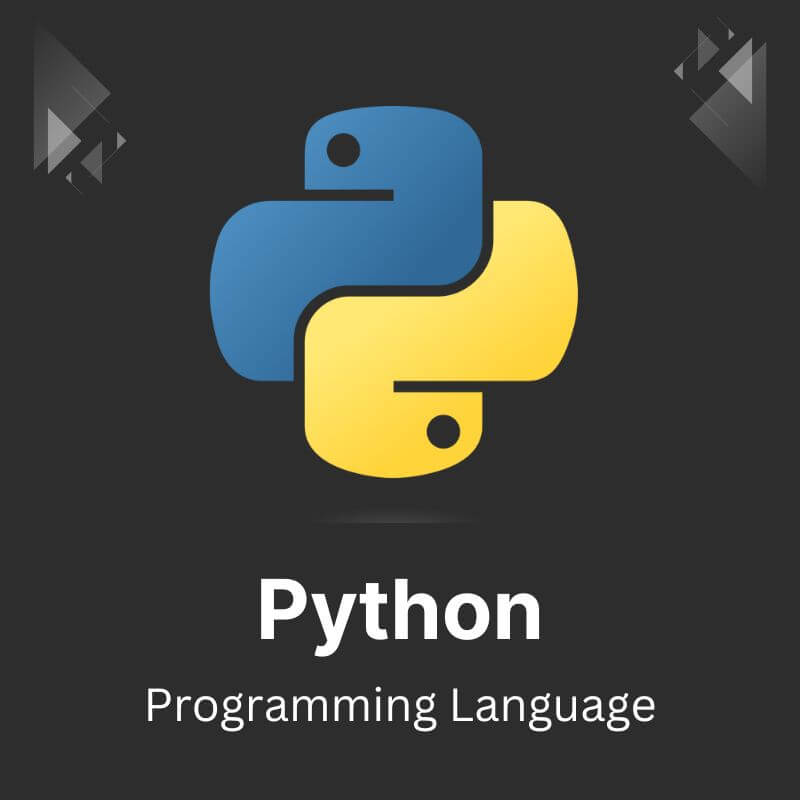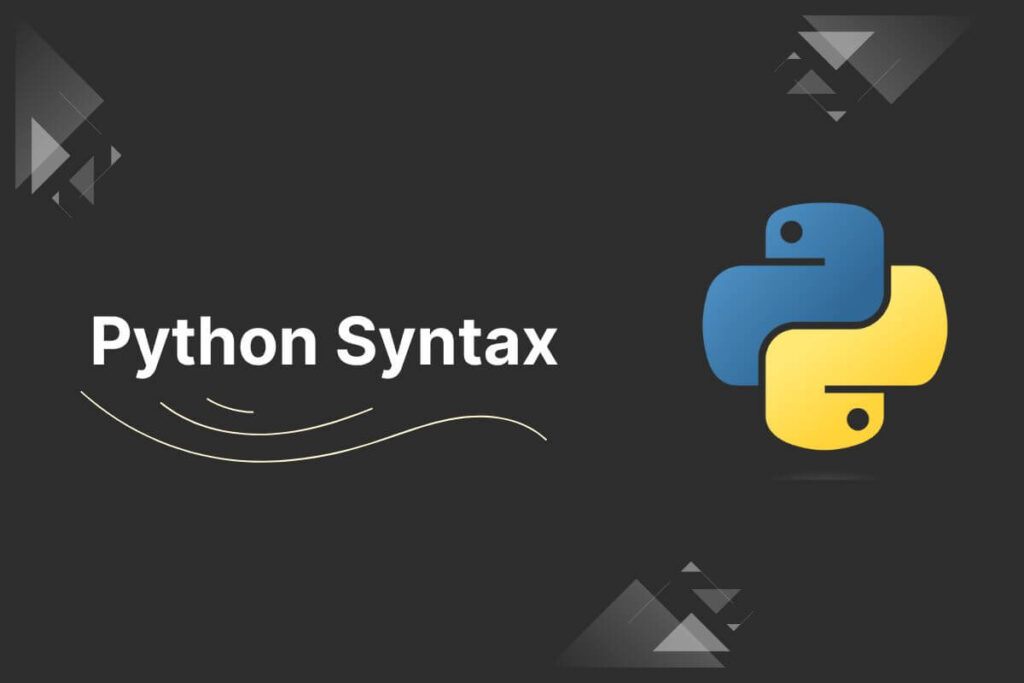Python is a popular, high-level programming language known for its simplicity, readability, and versatility. One of the key reasons for its widespread adoption is its clean and straightforward syntax, which makes it easy to learn and understand, even for beginners.
What is Python Syntax?
Python syntax refers to the set of rules and conventions that dictate how Python code should be written. It defines the structure and format of the code to ensure that it is both readable and executable by the Python interpreter.
Key Aspects of Python Syntax
We’ll explore the core elements of Python syntax and provide examples to help you grasp the language’s structure.
Indentation
Python uses indentation to indicate the structure of code blocks. Instead of braces or brackets, indentation (typically four spaces) is used to show the hierarchy of code. Proper indentation is crucial for the code to be valid and to convey the correct logical structure.
Example:
if x > 0:
print("Positive number")
else:
print("Non-positive number")
Comments
Comments in Python are preceded by the # symbol. They are used to explain the code and are ignored by the interpreter.
Example:
# This is a comment TutorialsLearn
print("Hello, World!") # This is also a comment
Statements
Python statements are instructions that the interpreter can execute. Statements often end with a newline character, but you can also use a backslash () to continue a statement on the next line.
Example:
a = 5
b = 10
c = a + b
Variables and Data Types
Python is a dynamically typed language, which means you don’t need to declare the data type of a variable explicitly. Python determines the data type based on the value assigned to the variable.
Example:
x = 5 # Integer
y = 3.14 # Float
name = "John" # String
is_student = True # Boolean
Operators
Python provides a wide range of operators for performing arithmetic, logical, and other operations. These include arithmetic operators (+, -, *, /, **, %), assignment operators (=, +=, -=, *=, /=), comparison operators (==, !=, >, <, >=, <=), and logical operators (and, or, not).
Example:
a = 10
b = 3
c = a + b
print(c) # Output: 13
x = 5
y = 10
z = x == y
print(z) # Output: False
Keywords
Python has reserved words known as Python keywords that have special meanings in the language. Examples include if, else, for, while, def, class, etc. These words cannot be used as variable names.
Checkout more Python Keywords.
Whitespace
In addition to indentation, spaces, and tabs are used as whitespace. However, excessive or inconsistent use of whitespace can lead to syntax errors.
Functions
Functions are reusable blocks of code that perform specific tasks. Python makes it easy to define and call functions, allowing you to break down complex problems into smaller, more manageable pieces.
Example:
def greet(name):
print("Hello, " + name)
greet("Alice") # Output: Hello, Alice
Modules and Packages
Python provides a vast standard library of modules and packages that extend the language’s functionality. You can import these modules or create your custom modules to organize and reuse code effectively.
Example:
import math
result = math.sqrt(16)
print(result) # Output: 4.0
String literals
In Python, strings are sequences of characters enclosed within single quotes (‘), double quotes (“), or triple quotes (”’ or “””). String literals are used to represent textual data in your Python code.
Here are some examples of string literals and their usage:
Single Quoted Strings Examples:
message = 'Hello, World!'
print(message)
Double Quoted Strings Example:
name = "Alice"
greeting = "Welcome, " + name
print(greeting)
Triple Quoted Strings (Multi-line Strings): Triple quoted strings are used to represent multi-line strings or strings that contain single or double quotes within them. They can span multiple lines without the need for escape characters.
paragraph = '''This is
a multi-line
string.'''
quote = """She said, "Hello, World!""""
print(paragraph)
print(quote)
By following the rules of Python syntax, you can write code that is clear, concise, and easy to maintain. Python’s straightforward syntax is one of the reasons why it is widely regarded as a beginner-friendly and readable programming language.


